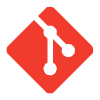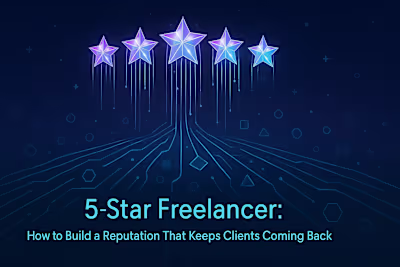How to Get Your First Shopify Client: 7 Proven Strategies for New Developers

How to Get Your First Shopify Client: 7 Proven Strategies for New Developers
Build a Stunning Portfolio (Even Without Clients)
Create Passion Projects
Offer Services to Non-Profits or Local Businesses
Optimize Your Online Presence
Create a Professional Website or Landing Page
Polish Your Contra Profile
Tap Into Your Existing Network
Inform Friends and Family
Reach Out to Former Colleagues
Use Content Marketing to Showcase Expertise
Start a Blog with Shopify Tips
Create Video Tutorials
Engage in Strategic Cold Outreach
How to Find Potential Clients
Crafting a Personalized Email
Join and Participate in Online Communities
Engaging in Facebook Groups & Reddit
Contributing to the Official Shopify Community Forums
Partner with Agencies and Other Freelancers
Connecting with Web Design & Marketing Agencies
Networking with Other Freelancers
Conclusion
References
How to Get Your First Shopify Client: 7 Proven Strategies for New Developers
Build a Stunning Portfolio (Even Without Clients)
Create Passion Projects
Offer Services to Non-Profits or Local Businesses
Optimize Your Online Presence
Create a Professional Website or Landing Page
Polish Your Contra Profile
Tap Into Your Existing Network
Inform Friends and Family
Reach Out to Former Colleagues
Use Content Marketing to Showcase Expertise
Start a Blog with Shopify Tips
Create Video Tutorials
Engage in Strategic Cold Outreach
How to Find Potential Clients
Crafting a Personalized Email
Join and Participate in Online Communities
Engaging in Facebook Groups & Reddit
Contributing to the Official Shopify Community Forums
Partner with Agencies and Other Freelancers
Connecting with Web Design & Marketing Agencies
Networking with Other Freelancers
Conclusion
References
Posted Jul 4, 2025
Starting your freelance Shopify development career? Discover 7 actionable ways to find and land your first paying client, from building a portfolio to strategic outreach.









